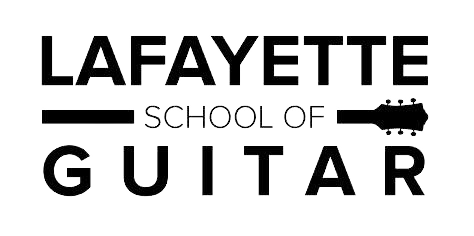What’s Involved In Becoming A Multi-Instrumentalist?
By Chris Glyde
Many people look upon musicians like John Paul Jones, Geddy Lee, and other multi-instrumentalists as if they’re superhuman because they seem to have mastered multiple different instruments. But being a multi-instrumentalist isn’t as difficult as most people believe it is – quite the contrary, actually. First and most importantly, when you pick up a new instrument, all your music skills will all transfer. All your rhythm skills, all your aural skills, all your radial skills, theory skills etc. There are really only two things that you must work on to pick up a new instrument.
The first thing you need to work on is obvious - the physical technique of the new instrument, or the handling of the instrument. This is the only real barrier most people have with moving on to a new instrument. Now some transfers will be easier than others. It’s pretty clear that a guitar player will have an easier time picking up electric bass than they will starting to play drums, but even then the guitarist will already be familiar with many of the rhythms necessary to be a competent drummer, and will be far ahead of someone just beginning to learn percussion.
The second thing to keep in mind is visualization, i.e. knowing what each note, chord, scale, etc sounds like on the new instrument. Each instrument has its own timbre and, while every note carries the same pitch, they will all sound a little bit different depending on the instrument. It’s important to become familiar with the new timbre.
One final point I would like to make is that, if you’re coming from an instrument like flute, clarinet or some other single note instrument, you will find you will need to learn to read another clef. This isn’t quite as important as the others, but it’s worth bearing in mind. Let’s focus on going from tuba to trumpet as an example. Tuba’s only use bass clefs, but when switching to trumpet, you’ll need to learn treble clef. However, if you’re not concerned with sight reading then this isn’t very important. Either way, you’ll still retain that rhythm skill.
This is multi instrumentalism in a nut shell. That’s all. Two skills, maybe three if you want to read sheet music for that specific instrument. So how can you use this? Simply add on 30 minutes of practice time for each instrument you want to learn. Practice the physical technique and, if you need to practice the visualization, split your practice time up and divide the time in two.
If you follow that simple guideline you will be on your way to become the multi-instrumentalist you want to be.
About the Author:
———————————-
Chris Glyde is a dedicated musician and guitar/voice teacher in Rochester New York. If you’re looking for a teacher to help you develop the skills necessary for becoming a great musician, look no further.
